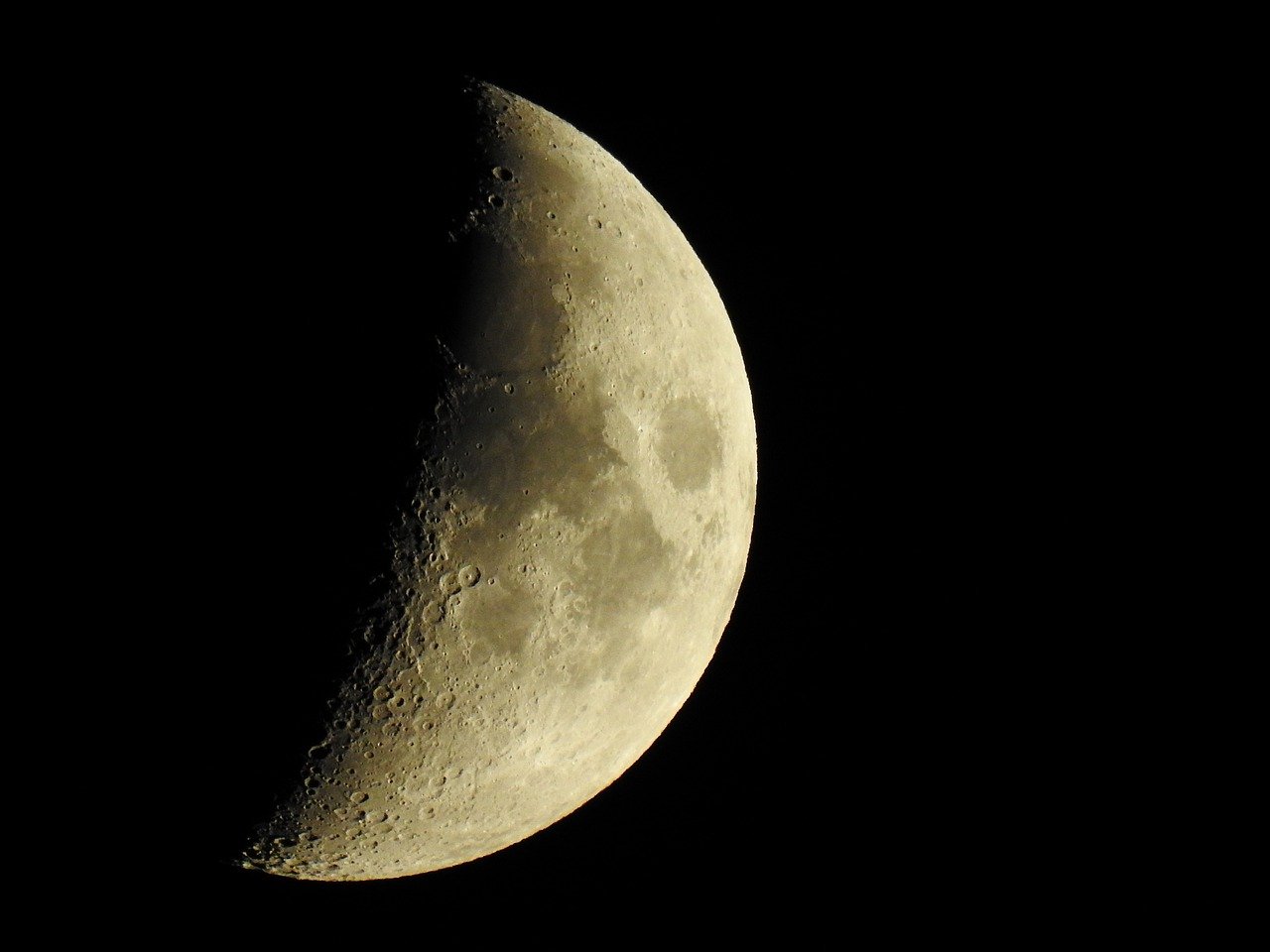Norse mythology presents a rich tapestry of narratives originating from the chilly landscapes of Scandinavia, filled with powerful gods and enigmatic creatures. Among the notable deities is Máni, the god of the moon, who radiates with brilliance, illuminating the vast Norse universe. His role transcends merely lighting the night; it includes a multitude of myths and legends woven into the fabric of Norse tradition.
Essential Information About Máni
- Parents: Mundilfari
- Partners: Not known
- Siblings: Sól (goddess of the sun)
- Children: None
- Tribe: Aesir
- Old Norse Name: Máni
- Alternate Names: Waxer, Waner, Year-teller, among others
- Domain: Moon
- Chariot: Pulled by horses
Name and Etymology
In Old Norse, “Máni” translates directly to “moon,” embodying the essence of this celestial body. Names in Norse mythology often carry profound significance regarding their respective deities, and Máni is no different. The “Skaldskaparmal” lists multiple kennings for the moon, including Waxer, Waner, Year-Teller, and others, each providing unique insights into the moon’s properties and its cultural importance. In the poem “Alvíssmál,” the god Thor inquires about the various names for the moon across realms, illustrating how different beings perceive this celestial object — known as “the whirling wheel” by the dead and “the counter of years” by elves.
Ancestral Roots
The name “Máni” has origins in the Proto-Germanic term *mēnô, which also means “moon.” This linguistic ancestry connects the modern English word “moon” and the German “Mond.” Interestingly, such terms related to natural elements often maintain a core essence through time and cultures. For instance, in contemporary Norwegian, the word for moon is “Måne,” showing the similarities that endure today.
Máni’s Mythological Story
Máni’s significance is interwoven with Norse mythology, found within the Poetic and Prose Eddas, which were compiled in the 13th century. He was born to Mundilfari and shares a deep connection with his sister, Sól, representing a celestial balance of day and night. Their bond illustrates the intricate relationship between light and darkness within Norse myths.
Notably, while Máni is sometimes seen with two companions, Hjúki and Bil, it’s important to clarify that these figures are not his children but rather companions. Their exact relationship and how they came to follow Máni has its own tale, enriching his character further.
Role and Symbolism
Máni does more than shine in the night sky; he symbolizes continuity and reliability. The moon’s cyclical phases were crucial for the Norse people for tracking time—essential for agriculture, hunting, and other pursuits. Living in an age devoid of modern timekeeping methods, the moon served as a natural calendar, making each phase a marker of time.
Máni’s steady appearance amidst the unpredictable nature of the world represented certainty for the Norse, providing guidance and reassurance as seasons transitioned and challenges arose.
Key Myths Associated with Máni
Máni’s narrative features several important myths highlighting his origins, encounters, and ultimate destiny.
The Origins of Máni and Sól
In the Völuspá from the Poetic Edda, both the sun and moon are described as wandering without knowledge of their roles. Their father, Mundilfari, named them after the celestial entities due to their extraordinary beauty, a decision that offended the gods. In response, they were assigned their cosmic duties, establishing their paths through the sky.
The Tale of Hjúki and Bil
In the Gylfaginning section of the Prose Edda, a captivating narrative emerges about Máni and two children fetching water. Enchanted by them, Máni takes Hjúki and Bil from Earth to accompany him in the sky, symbolizing the waxing and waning of the moon as they follow him.
Máni’s Fate During Ragnarök
As foretold in the Grímnismál, Ragnarök—the cataclysmic end of the world—also seals the fate of Máni. A giant wolf named Sköll, representing chaos and destruction, relentlessly pursues him across the sky, ultimately leading to his demise. This event is a key part of the wider destruction experienced throughout the Norse cosmos during Ragnarök.
Comparison to Selene
While both Máni and the Greek moon goddess Selene rule their respective lunar realms, distinct differences exist between their portrayals. Máni is a god, while Selene is a goddess, reflecting different cultural interpretations. Yet they share commonalities, such as being depicted driving chariots across the night sky, symbolizing their celestial roles.
Mentions in Ancient Texts
Máni frequently appears in ancient texts, providing rich understandings of his significance within Norse culture.
Poetic Edda
- Völuspá: Chronicles the early universe and the sun and moon’s lack of awareness regarding their roles.
- Vafþrúðnismál: Reveals Mundilfari as Máni and Sól’s father through a conversation between Odin and the jötunn Vafþrúðnir.
- Grímnismál: Mentions the chase of the sun and the moon by wolves, underlining a constant threat they face.
Prose Edda
- Gylfaginning: Highlights how Máni and Sól were named and the roles assigned to them by the gods.
Frequently Asked Questions
Who chases Máni across the sky?
Sköll, a formidable wolf, relentlessly pursues Máni.
Are other deities associated with day and night?
Yes, Dagr (Day) and Nótt (Night) represent these elements in Norse mythology.
Who initiated the moon’s movement?
Odin, known as the Allfather, is credited with setting the moon in motion.
Is Máni considered part of the Aesir or Vanir?
Máni is classified under the Aesir tribe.
In conclusion, Máni stands as a cornerstone of Norse mythology, embodying a mix of celestial roles and rich tales, illustrating humanity’s long-standing fascination with the moon’s presence in our lives.



